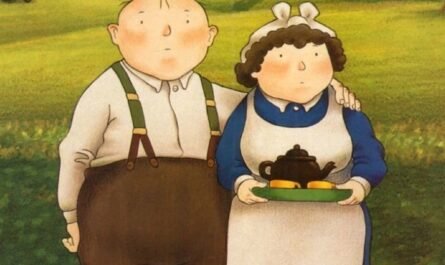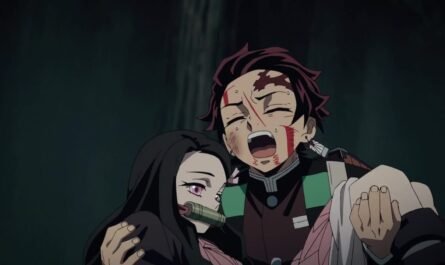He hadn’t read it to turn it into an anime, but he said, “I thought it might be difficult to turn it into an anime. If it’s going to be made into a film that will reach a lot of people, it has to have meaning, and you can’t just turn it into an anime half-heartedly. I felt that I needed to be prepared,” so he approached the anime adaptation with a sense of resolve.
“Some people say it’s exhibitionistic, but the more I read the work, the more I realize that there’s a solid reason for each scene, and that what Taizan 5 is trying to portray isn’t malicious. However, I feel like the public has been so preoccupied with the topic that it hasn’t fully conveyed that ‘Takopi’s Original Sin’ is a story of salvation.’ With that in mind, I tried to make sure to convey that in the anime.”
As a story of Tacopee’s hard work
When the series was serialized, some media outlets focused only on the extreme expressions, such as school and family issues. However, the essence of the story is not there. Producer Sudo Kotaro of TBS Television, who produced the anime, also said that it is “a story about mutual understanding and dialogue,” and the director shared the same sentiment. Producer Kotaro Sudo also noted that the film is “a story of mutual understanding and dialogue,” and the director shared the same sentiment.
“‘Takopi’s Original Sin’ depicts the intercultural communication between Shizuka and Takopi, the gap in their feelings, and the importance of mutual understanding, and how dialogue creates happiness. I was aiming to animate the story around the themes of mutual understanding and intercultural communication, but actually, there were some changes during production.
Because it was about intercultural communication, I initially wanted to tell the story centered around Shizuka. Still, color designer Yuki Akimoto said to me, ‘I think this story is about Tacopi growing up.’ After hearing that, I realized that this was a story about Tacopi working hard. From there, the direction changed, and some aspects of the direction were more consistent.”
He was once told that it was “impossible to film,” but he thought that “it wasn’t that it was difficult to film, but rather that it was difficult to convey the story.”











